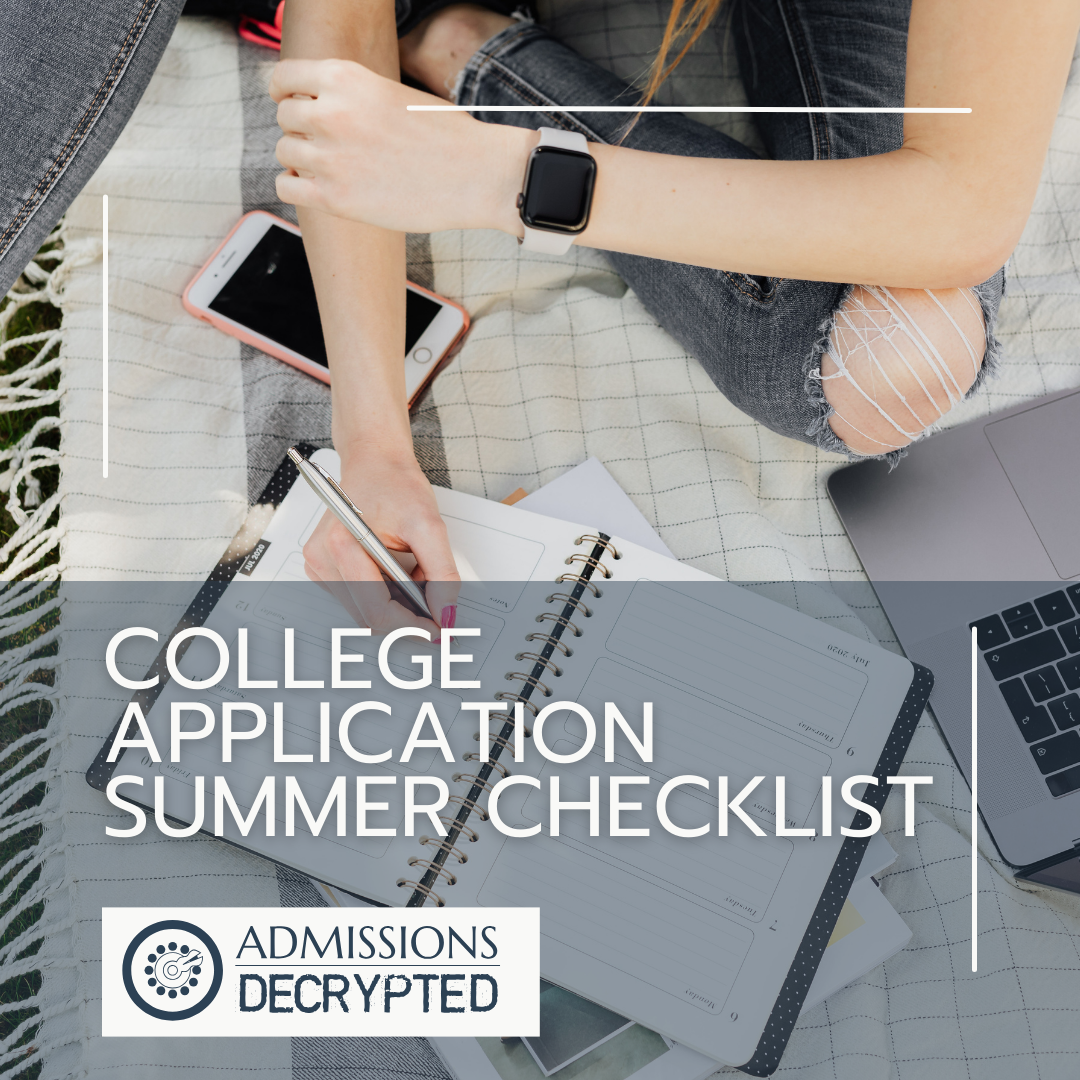College Admissions with Calm, Clarity & Confidence
the blog

read post
How the FY26 Budget Bill (HR1) could affect college financial aid is a question many families should be asking right now. The FY26 budget bill recently passed by the House of Representatives (known as HR1, or One Big Beautiful Bill Act) includes several proposed changes that could significantly affect how students and parents pay for […]
read the latest
Read More
If you’re finishing junior year, use the summer to get a head start on college applications. With steady work over the next few months, you could be ready to submit applications shortly after they open in August, well before early application deadlines. Here’s what to work on before school ends and during the summer. Before […]
